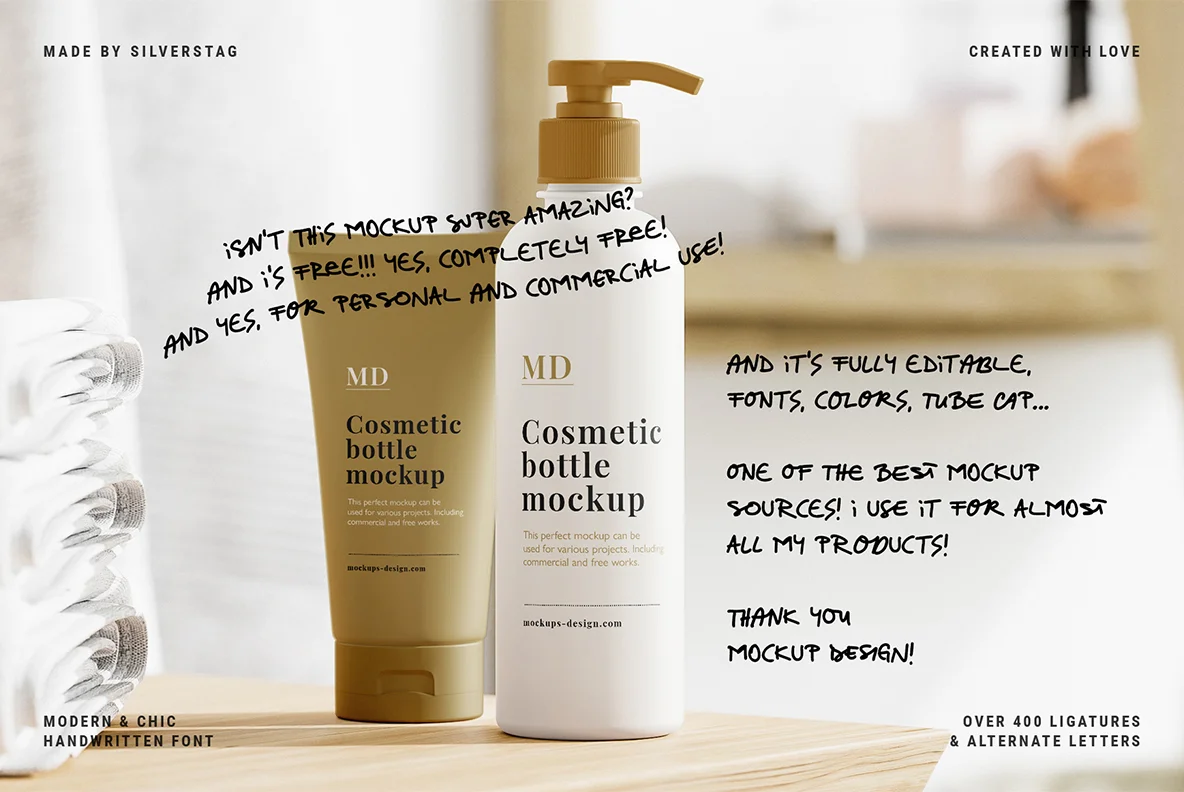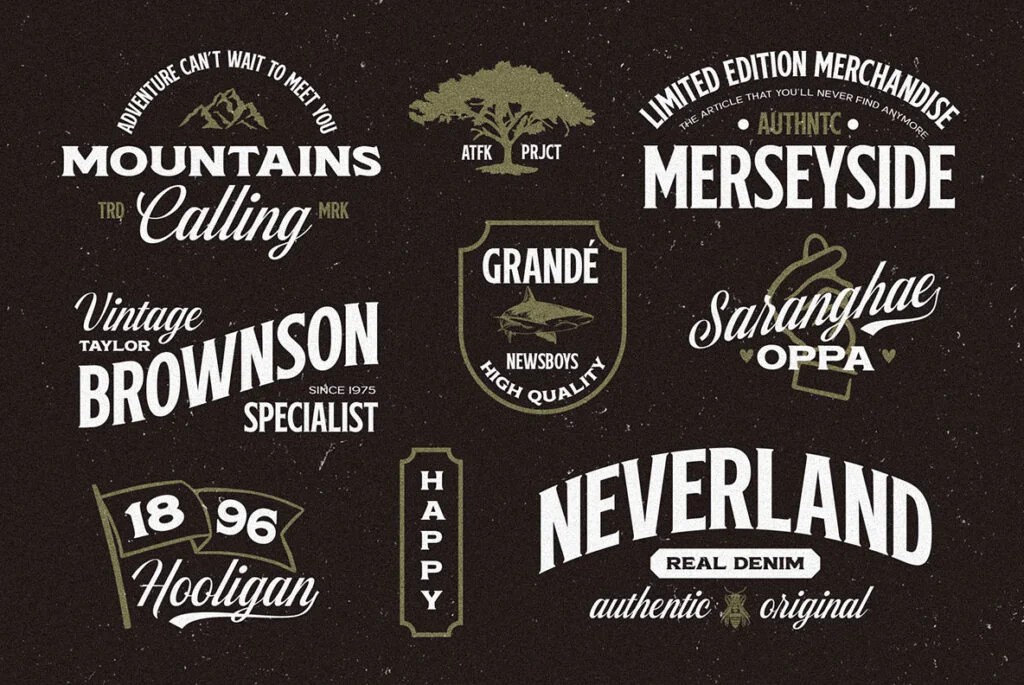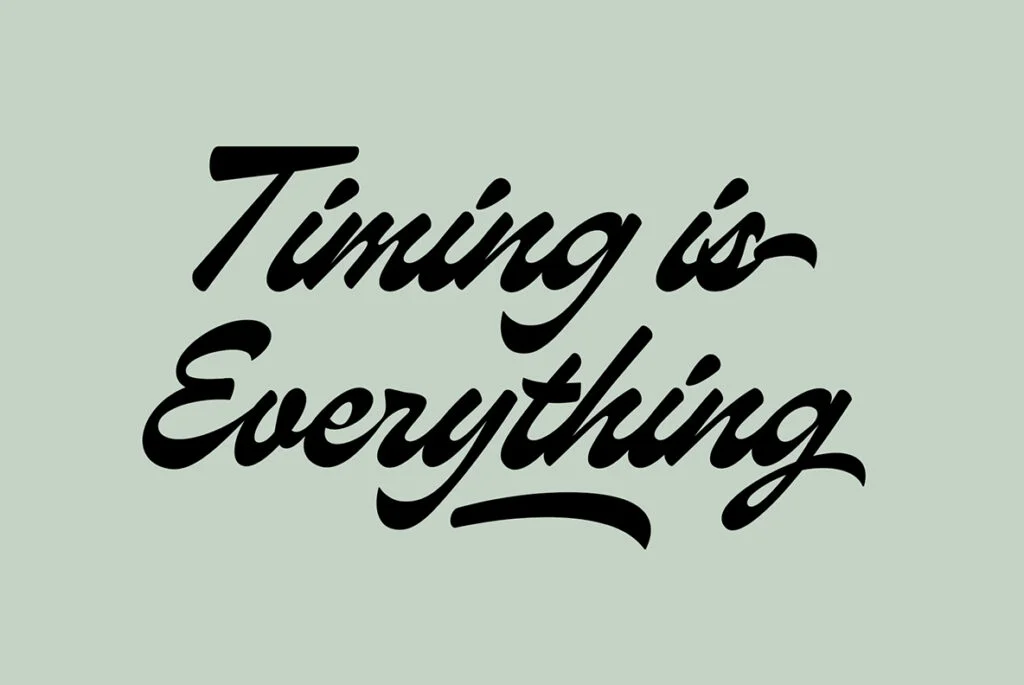In today’s digitally driven landscape, where every pixel and byte can be a medium for expression, the art of impactful communication extends far beyond the traditional realms of oratory prowess and compelling prose. Indeed, the nuances of how we convey messages have evolved to include a myriad of elements, among which typography holds a place of singular importance. The fonts we choose are no longer mere vessels for content; they have become an integral part of the message itself, shaping how it is received, interpreted, and ultimately, how it resonates with the audience.
Within this typographic spectrum, a particular category of typefaces has risen to prominence, aptly termed “Casual Fonts”. These are not your run-of-the-mill, default system fonts, but rather a carefully curated collection that serves a specific purpose. Casual Fonts have carved out a unique niche for themselves, offering a blend of approachability and flair that is hard to find in more traditional typefaces. They are the go-to choice for graphic designers and digital creators who aim to infuse their projects with a sense of warmth, authenticity, and individuality. Whether it’s the friendly curves of a casual script or the unpretentious simplicity of a modern sans-serif, these fonts have the power to imbue text with character, transforming sterile digital spaces into platforms for genuine human connection.
So, as we navigate the complexities of digital communication, where even the slightest nuance can tip the scales of perception, the strategic use of Casual Fonts becomes not just an aesthetic choice, but a vital component in the toolkit of anyone aiming to create meaningful and engaging content.
Decoding Casual Fonts: An Exploration of Their Unique Allure
The allure of Casual Fonts resides in their masterful equilibrium, a harmonious blend of readability and individuality that sets them apart from other typographic categories. This unique balance allows them to occupy a singular space in the typographic landscape, one that deftly navigates the spectrum between the rigidity of formal typefaces and the whimsicality of more playful fonts. In doing so, Casual Fonts manage to encapsulate an essence that is both informal and professional, a duality that lends them a versatility rarely found in other type styles.
This dual nature is not accidental but the result of meticulous design choices aimed at achieving a specific communicative goal. Casual Fonts are engineered to exude a sense of warmth and accessibility, qualities that facilitate more meaningful interactions between the text and its audience. Whether it’s the inviting loops of a casual cursive or the clean lines of a laid-back sans-serif, these fonts have the ability to transform the tone of a message, making it more relatable and engaging.
In a world where digital communication often risks becoming impersonal and detached, the role of Casual Fonts becomes increasingly significant. They serve as a bridge, connecting the digital realm with the tactile, emotional world, thereby enriching the communicative experience. It’s this unique capability to foster genuine connections that makes Casual Fonts an invaluable asset for anyone looking to elevate their communication strategies, be it in branding, advertising, or any form of digital storytelling.
The Historical Odyssey of Casual Fonts: From Calligraphic Roots to Modern-Day Versatility
When one delves into the historical tapestry of Casual Fonts, it becomes abundantly clear that their origins are deeply intertwined with the art of calligraphy. This connection is far from superficial; it’s a foundational aspect that has shaped the genre’s evolution. The casual fonts we encounter today are the modern-day descendants of handwritten scripts that have been crafted through centuries. These fonts encapsulate the essence of the human touch, blending it seamlessly with contemporary design principles to produce a typographic style that is both personable and efficient.
The historical trajectory of Casual Fonts can be traced back to the mid-20th century, a period marked by a surge in advertising and mass communication. During this era, the need arose for a typeface that could capture the public’s attention without appearing overly formal or stilted. Casual Fonts filled this void perfectly. Their relaxed yet persuasive demeanor made them the go-to choice for advertisers looking to strike a chord with their audience. The fonts were designed to be approachable, imbuing messages with a sense of intimacy and immediacy that more formal typefaces couldn’t achieve.
Over the years, the application of Casual Fonts has expanded far beyond the realm of advertising. Today, they are ubiquitous, gracing everything from social media posts and website headers to product packaging and editorial layouts. Their enduring appeal lies in their ability to adapt and evolve, to fit into diverse contexts while retaining their core attributes of readability and character. This adaptability, coupled with their rich historical lineage, makes Casual Fonts a fascinating subject not just for designers but for anyone interested in the nuanced ways in which typography can influence communication.
The Multifaceted Role of Casual Fonts in Graphic Design
In the intricate landscape of graphic design, the power of visual storytelling is paramount. Every element, from color palettes to layout, contributes to a cohesive narrative that aims to engage and inform. Within this complex interplay, Casual Fonts emerge as a particularly versatile asset. Their inherent flexibility allows them to imbue designs with a level of visual dynamism that is both engaging and effective.
In the specialized domain of branding, the choice of typeface can be a defining factor in how a brand is perceived. Casual Fonts offer an invaluable advantage here, helping to sculpt a brand’s voice as one that is not just professional but also approachable and consumer-friendly. They can transform a brand’s textual content into an inviting dialogue rather than a monologue, fostering a sense of community and shared values. This is particularly crucial in today’s market, where consumers are not just looking for products but for brands that they can relate to on a personal level.
Similarly, in the ever-evolving world of digital design, the role of Casual Fonts is far from peripheral. They have the capacity to significantly enhance the user experience by instilling a sense of familiarity and comfort. Whether it’s the intuitive navigation of a website or the readability of an app interface, Casual Fonts can make digital spaces feel more like digital homes. Their versatility is further showcased in their ability to adapt to various contexts. Whether it’s a hand-drawn script that conveys a sense of originality and creativity or a robust, laid-back sans serif that communicates reliability and trust, Casual Fonts are adept at helping brands and designers articulate their unique narratives in a way that resonates with their target audience.
The Strategic Inclusion of Casual Typefaces in a Designer’s Portfolio
For both seasoned professionals and emerging talents in the design world, the portfolio serves as a dynamic canvas that showcases skill, versatility, and vision. Within this context, the thoughtful integration of Casual Fonts can be a game-changing strategy. Their inclusion not only adds a layer of human touch but also metamorphoses the portfolio from being a mere assemblage of designs into a compelling, multi-dimensional narrative. This narrative can speak volumes about a designer’s ability to connect with audiences, to understand the nuances of visual communication, and to craft designs that resonate on an emotional level.
The benefits of incorporating Casual typefaces extend beyond aesthetic appeal; they also serve as a testament to a designer’s adaptability and awareness of current design trends. In an industry where the ability to communicate effectively can make or break a project, the use of Casual Fonts can signal a designer’s aptitude for creating relatable and impactful designs.
For those seeking to enrich their portfolios with this versatile typographic tool, platforms like YouWorkForThem serve as invaluable resources. Offering a curated selection of Casual Fonts, these platforms enable designers to broaden their typographic palette, thereby amplifying their capacity for digital storytelling. Whether you’re working on branding projects, digital interfaces, or print media, the addition of Casual Fonts can imbue your work with a unique blend of professionalism and approachability, making your portfolio not just a showcase of your skills, but a testament to your storytelling prowess.
Best Practices for Using Casual Type
While casual fonts may appear straightforward, their effective deployment demands a nuanced understanding of design principles. Simply amassing a collection of these fonts is only the initial step; the crux lies in their judicious application. This involves a multi-faceted approach that considers not only the font’s aesthetic compatibility with the overall design but also its readability and alignment with the content’s emotional and thematic undertones. For example, casual fonts can infuse a design with a relaxed, approachable ambiance, but excessive use can lead to visual disarray, diluting the intended message. Therefore, a calibrated approach, one that harmonizes the font with other design elements, is indispensable.
In today’s intricate and ever-evolving digital landscape, casual fonts offer more than mere stylistic choices; they serve as conduits for authentic, impactful communication. They transcend their role as mere glyphs on a screen to become active participants in a dialogue between the designer and the audience. This makes them far more than design elements; they are, in fact, dynamic instruments that facilitate a reciprocal exchange of ideas and emotions.
To navigate this intricate interplay effectively, one must be discerning in their choice of fonts. Platforms like YouWorkForThem offer a curated selection of casual fonts, each with its own unique attributes and potential applications. By thoughtfully incorporating these fonts into your designs, you can elevate your work from mere visual appeal to a form of communication that resonates deeply with your audience. Whether you’re designing a website, crafting a brand identity, or creating a print campaign, the strategic use of casual fonts can make your designs not just visually captivating, but emotionally compelling as well.


